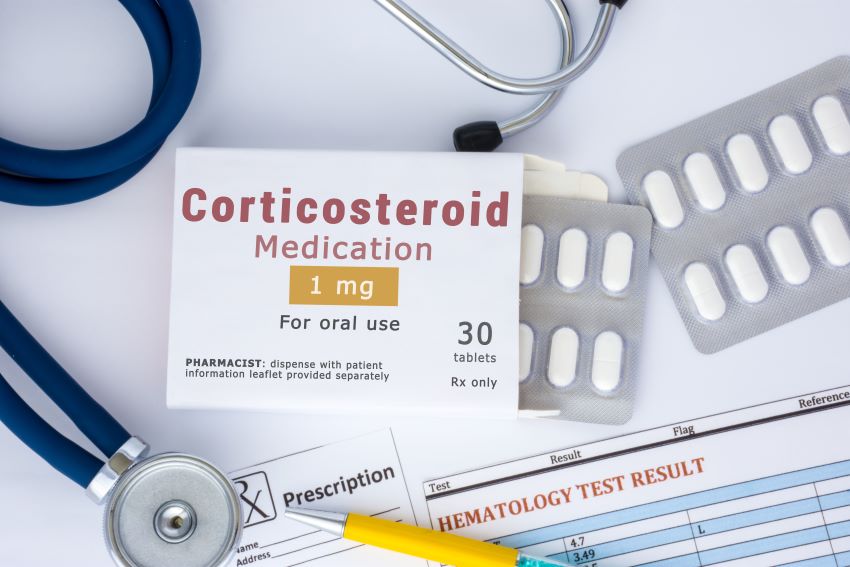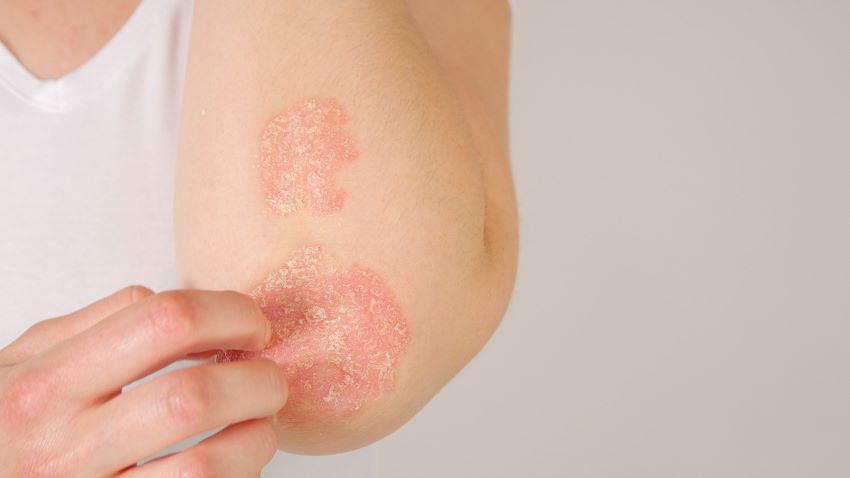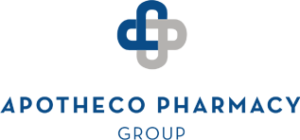Eczema is a very frustrating and difficult skin condition to manage. It is normal to struggle with it and to…

 Eczema
Eczema
A Parent’s Guide to Caring for Your Child’s Eczema
What is Eczema?
Eczema, also known as atopic dermatitis, is an inflammatory skin condition that can result in red, dry, itchy skin. In some cases, this skin condition can cause bleeding and crusting over the arms’ folds, back of the knees, wrists, and hands.
How Does Eczema Appear on Kids?
It is very important to be able to recognize the appearance of eczema on your child as they have sensitive skin and the condition is incredibly uncomfortable, sometimes painful. Furthermore, the appearance of pediatric atopic dermatitis can vary depending on a child’s age:
- Infants
- In the first six months of a baby’s life, eczema typically appears on the face, cheeks, chin, forehead, and scalp. Skin will look very red and bumpy.
- Infants can also experience seborrheic dermatitis (also known as cradle cap). The cradle cap appears as scaly, crusty, red patches on the scalp and can last up until a child is twelve months old.
- Babies
- From six-twelve months eczema begins to appear on areas of baby’s skin that are in contact with irritating surfaces (scratchy rugs) while they are learning to crawl. Baby eczema rashes can crust over and have a yellowish tint on the skin.
- Toddlers
- From ages two-five years, a child’s atopic eczema will appear in the elbows, knees, wrists, hands, and ankles. The skin will look red, dry, and scaly. Sometimes deeper lines in the skin will appear, called lichenification.
- Children
- From age five and up, childhood eczema typically appears where adult eczema occurs most frequently, the elbows and knees. Red, itchy, scaly patches will develop on the child’s skin. Remember that about 70% of people experience eczema at some point in their life and it is easily treatable.
Eczema Treatment For Kids
When it comes to child eczema treatment, there are different options and routes to try. Although eczema is not curable, it can be treated to reduce symptoms and keep your child from enduring the uncomfortable feeling that comes from dermatitis. Also, note that there is a correlation between eczema and stress when looking to treat eczema.
Eczema occurs when the skin is very dry and cracked. One of the best ways to prevent dry skin and further inflammation is to keep your child’s skin moisturized throughout the day and night. Below are some tips on eczema relief for kids:
- 1. Bathe your child every one to two days for no longer than ten minutes in lukewarm water. Use a gentle, fragrance-free, and hypoallergenic cleanser. Do not scrub roughly or with rough towels, and do not use bubble bath in the water.
- 2. After bathing your child, pat the skin dry. Do not rub or push on the skin as this will irritate it. If your child was prescribed topical medicines for pediatric eczema, apply these after patting dry and before you moisturize.
- 3. Moisturize their entire body immediately after bathing while the skin is still damp to lock in the moisture. Thicker moisturizers work the best, like petroleum jelly. Do not use water-based moisturizers as these are too thin and will not keep the skin hydrated.
- 4. Wet wraps at night. After bathing and moisturizing at night, you can apply a wet wrap treatment by soaking a pair of pajamas in warm water. Wring out the pajamas until damp. Put the pajamas on your child, followed by a dry pair of pajamas on top. Make sure your child’s bedroom is warm and that they have blankets to keep warm. Keep the wrap on between thirty minutes or eight hours (overnight).
- 5. To prevent your child from scratching at the affected areas, cut your child’s fingernails. Keeping nails short will minimize any scratching that can lead to open sores and skin infection. At night, put a pair of cotton gloves on their hands, so they do not scratch in their sleep.
- 6. When it comes to your child’s clothing, only use fragrance-free laundry detergents, and avoid fabric sheets and softeners in the dryer. Dress your child in loose-fitting, cotton clothing to ensure there will be no irritation.
Medicine
Even if you are following all of the tips above, if your child is really suffering from eczema symptoms, they will need some form of medication or an OTC (over-the-counter) product that can be purchased at an eczema pharmacy.
- Topical corticosteroids. Applying a topical corticosteroid will reduce inflammation, redness, and swelling in the skin. This eczema treatment for kids can come in the form of an eczema cream, moisturizer, lotion, or ointment with varying levels of strength depending on the severity of the eczema. The most common ones are hydrocortisone, fluocinolone, triamcinolone, and betamethasone dipropionate. If you are wondering, “does hydrocortisone cream work?” we cover that topic in detail.
- Topical medication moisturizers can either be purchased OTC or prescribed depending on their strength. They should be applied after bathing or showering while skin is still damp. The most common prescription strength moisturizers are tacrolimus ointment and pimecrolimus cream.
- Oral medications can also be recommended to treat eczema. Typically, antihistamines can be taken to help itchy skin. If skin becomes infected due to bacteria in the eczema patches, antibiotics will be prescribed to help suppress the immune system.
Conclusion
It is a very difficult and saddening experience to watch your child suffer from any sort of disease or condition. When it comes to eczema, the good news is that it can be treated fairly easily if you stick to your plan. If you notice some of the symptoms discussed in this article on your child’s skin, reach out to their pediatrician immediately. They will be able to develop a treatment plan for your young child, or they might refer you to a dermatologist if it’s severe eczema. If you’re familiar with some of these symptoms yourself and are wondering how to know if you have eczema, be sure to check out our blog. But again, with the proper treatment and help, you will be able to manage your child’s eczema symptoms and help them find relief from their eczema.
This blog is based on research and/or other scientific articles and is written by our experienced Chief Strategy Officer and Pharmacist, Ronak Desai. This blog is fact checked by our educated Pharmacist in Charge, Darshan Patel, who additionally runs our Apotheco Manhattan location.
Here at Apotheco Pharmacy Group, our goal is to provide the most up to date and accurate information on health and dermatology related topics. We do this to ensure our readers can make informed decisions based on factual content. All blogs undergo an extensive review process before posted.
This blog contains trusted sources. All sources are listed at the bottom of this article with hyperlinks that take you directly to the source.





